In the last couple of years, you have been bombarded by the media about incredible feats in the world of robotics. And indeed, those are proper steps forward from where the whole industry has ever been before.
However, any form of humanoids (feet or alternative locomotion mechanisms) are still ALL prototypes. There is not a single humanoid that you can yet buy and say, "This thing is useful to do these [blanks] tasks". Not one, yet!
We are getting closer, not by nano-inch progress, but by miles every quarter. Almost every company switched from using off-the-shelf parts to custom actuators and, for bigger bets like Optimus and Figure 01, even custom sensors.
The AI that governs the actions of those bots is now more powerful than ever. There's an inner race on how to train those AI brains. Those are all fundamentals, without which there would be nothing to put a price tag.
I wanted to put this caveat before digging into this very original work by Enchanted Tools because I would encourage all our readers not to push on the side the value that this innovation brings to the table just because it falls under the umbrella of prototype or because of it somewhat goofy looking.
Enchanted Tools, a Paris-based startup, showcased Mirokaï at the CES last month, a humanoid robot designed for social logistics. Crafted with a radiant, animated face employing a projector and 3D gaming technology, Mirokaï aims to revolutionize human-robot interaction.
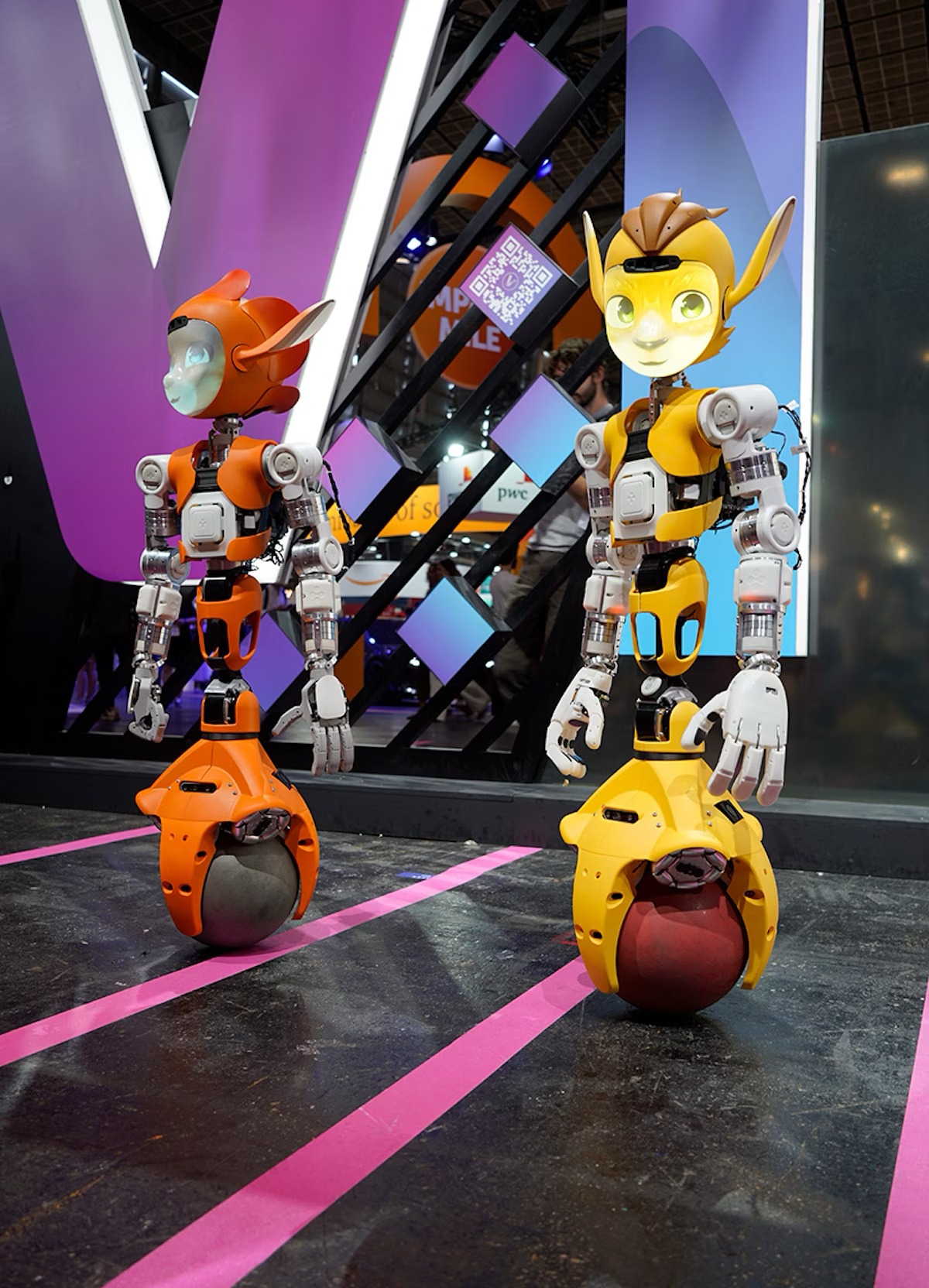
Its agile architecture, poised atop a singular sphere allowing quick and dynamic movement, echoes the fast-paced stride of human walking. Beyond its striking presence, Mirokaï remains a prototype, heralding a new era of robotics in social settings and beyond as it prepares to grace academic halls before its broader launch.
As a testament to its creators' lineage of innovation, the team draws on the pioneering spirit of their founder's prior endeavor, furthering the boundaries of practical robotics. By integrating a robust handling capability, capable of managing weights with considerable ease, Mirokaï is not an ordinary prototype; it embodies an environmentally conscious, collective utility that transcends conventional robotics. This approach to usage, combined with a suite of sophisticated sensors and an intricate software ecosystem (in the making), promises a future where robots extend their capabilities into nurturing patient care and enhancing social interactions, culminating in a product poised to enter production with a vision of service that reimagines the interface between humanity and machine.
When I spoke to the team, I was told that they are not aiming to create a horde of those, and I asked why; the CEO was prompted to state, "For ecological reasons." That answer reflects completely the ethos of the company and the design of their robot.
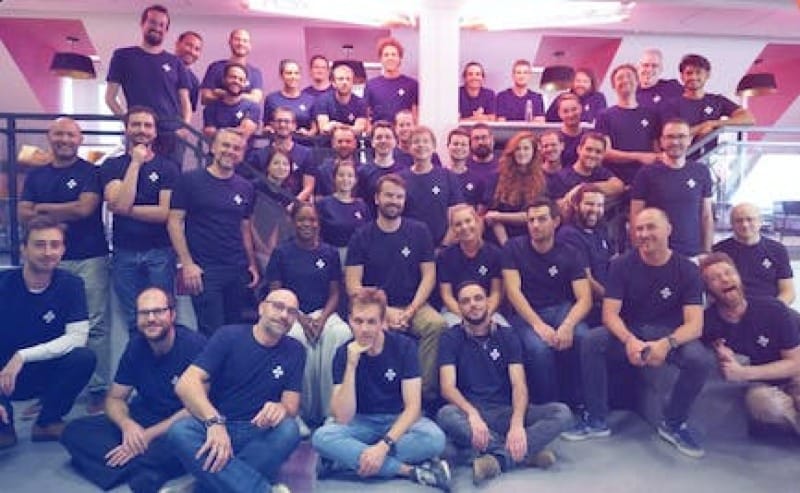
The genesis of Enchanted Tools is closely tied to Aldebaran Robotics, as its founder, J. Mosu, was a co-creator at Aldebaran and contributed to the development of popular robots like Nao and Pepper. These robots, which numbered in the hundreds of thousands, were instrumental in diversifying the robotics landscape with their educational and interactive capabilities.
Overview of the Establishment and its Innovations
Enchanted Tools, a startup originating from Paris, has recently made headlines with its cutting-edge humanoid robots. These robots are crafted with a focus on aiding in social and logistical tasks, featuring expressively animated faces that shine with an almost ethereal light. The design incorporates a video projector and a 3D animation engine akin to those found in modern video games, which work in harmony to create the robot's vivid facial expressions in real-time.
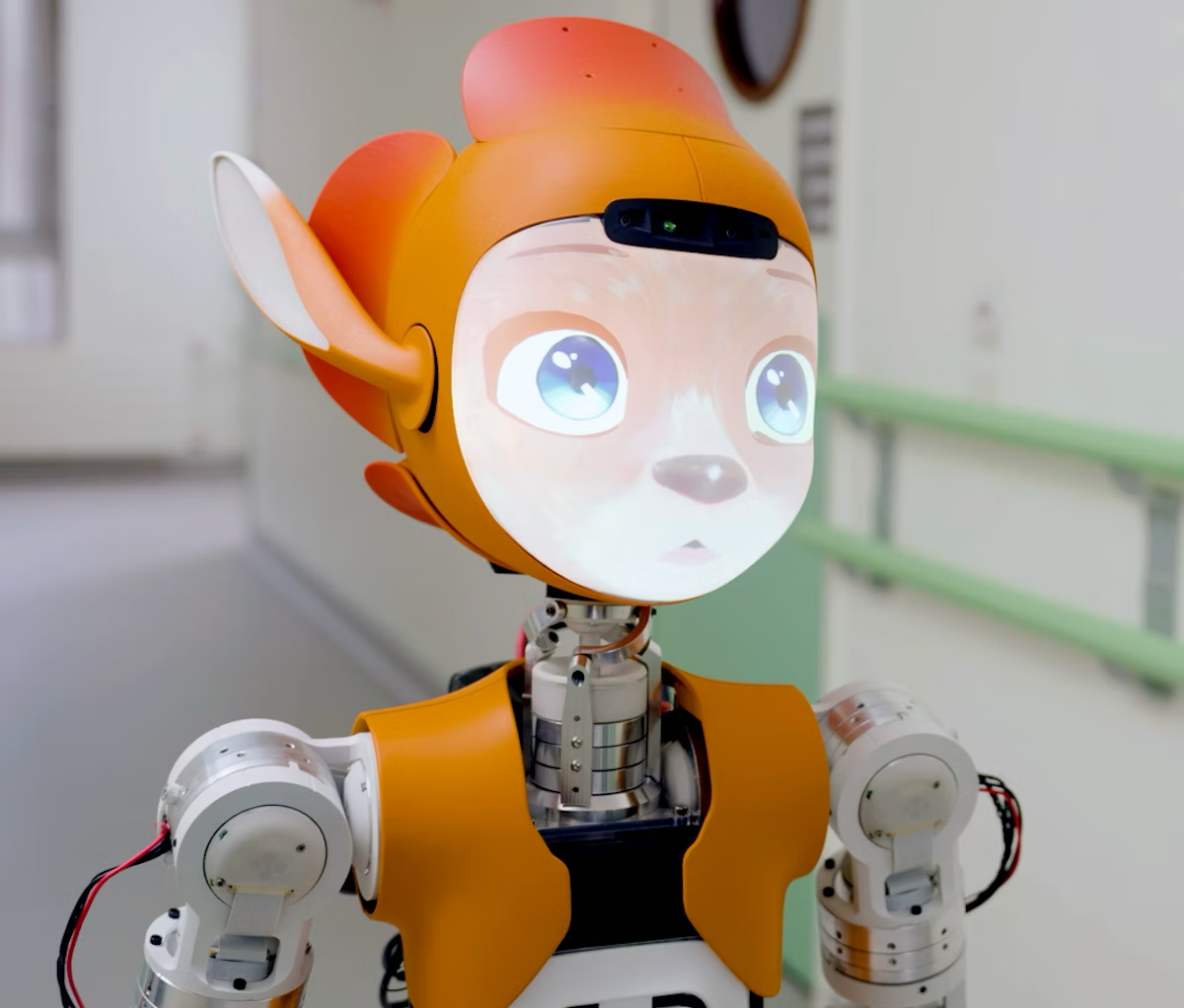
Mirokaï: The Human Helper
Mirokaï, the humanoid robot created by Enchanted Tools, stands as a testament to the blend of agility and interactive advancement in robotics. Mirokaï balances on a singular sphere, contributing to its agility to swiftly navigate spaces at speeds comparable to a briskly walking human.
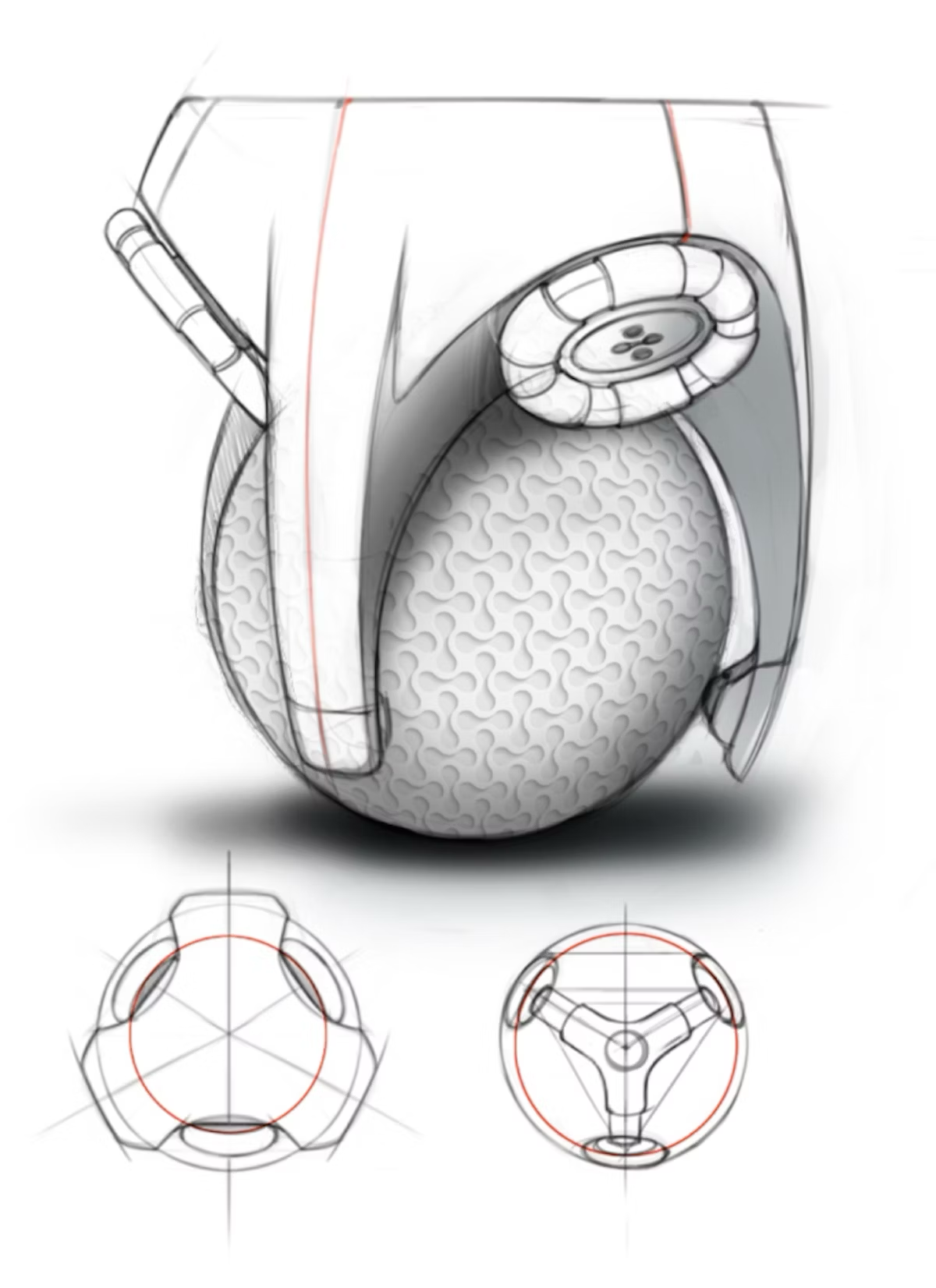
The prototype is currently capable of basic interaction, including speaking a few words. With a robust design that enables Mirokaï to carry up to 1.5 kg in each hand and pull items up to 15 kg, the robot is envisioned to significantly aid in healthcare environments and other communal settings, prioritizing an ecological approach to its deployment.

While still a prototype, Mirokaï is projected to make its entry into product markets, initially targeting academia in 2024, with a full commercial release expected in 2025. The costing strategy is set at a competitive price point of $30,000, aiming at making advanced robotics more accessible.
Despite its capabilities, the design team at Enchanted Tools has elected not to target individual consumer use. Opting instead for collective usage models, such as in hospitals, serves to reduce the environmental impact per user. The robot boasts advanced sensors, including dual 3D cameras that allow for sophisticated interaction and engagement with both objects and individuals.
Moreover, the robot's future iterations envision easy-to-use interfaces, potentially voice-operated, to execute a series of sophisticated tasks efficiently. This direction of intuitive task commands is intended to remove the barrier to entry and allow non-developers to harness the robot's aid in routine tasks.
The behind-the-scenes technological sophistication of Mirokaï involves powerful on-board computing capable of real-time object manipulation, environmental navigation, and interaction management. The startup has invested in a rich patent portfolio, safeguarding the unique features that give Mirokaï its competitive edge.
The bowling ball approach is not only unique but also incredibly versatile and nuanced. I was standing by it and I could feel the sense of stability.
Enchanted Tools is also keen on expanding the robot's ecosystem to enable third-party application development, potentially allowing tasks to become customizable per the needs of various institutions like hospitals, further integrating Mirokaï into daily workflows.

Innovative Robotic Design and Capabilities
Luminous Display Interface
Our humanoid robot Mirokaï comes equipped with a face that features an intensely luminous display, which is so radiant that standard cameras struggle to accurately capture its brilliance. This radiant display is made possible by integrating a video projector along with real-time animation driven by a sophisticated 3D engine, much like those found in modern video games. This allows Mirokaï's face to display a wide range of animations and expressions dynamically, enhancing interaction with users.

Dynamic 3D Visualization and Animation
Mirokaï ability to project animations on its face in real-time is underpinned by a 3D engine akin to those utilized in video game development. This technology enables the robot's face to depict animations and react with rapidly changing expressions, fostering a sense of connectivity and responsiveness.
Equilibrium Control System
Balancing is one of the prime features of Mirokaï, facilitated by a unique system that allows it to remain upright and stable on a spherical support. This balance is not just for static stability but also empowers the robot to traverse at speeds of up to 3 kilometers per hour, which matches a brisk human walking pace. The balancing mechanism is integral for the robot's agility and rapid movement.
Mobility Specifications
- Maximum Speed: 3 km/h (comparable to a swift human walk)
- Movement: Equipped with a stabilization system to ensure agile, swift navigation
Merging Functionality with Interpersonal Dynamics
Mirokaï's conception moves beyond mere practicality, ushering in a new era where robots transcend utilitarian roles and foster social engagement. With the ability to support up to 1.5 kilograms in each hand and 3 kilograms with both, Mirokaï not only transports items but also adds a layer of interaction—a robotic companion capable of basic communication. Initially targeted for academic realms in 2024, with broader availability anticipated in 2025, Mirokaï is designed for communal benefits rather than individual ownership, aligning with sustainable practices by serving a greater number of users.
| Capability | Details |
|---|---|
| Locomotion | Utilizes an innovative spherical base for omnidirectional movement |
| Load Handling | Manages up to 3 kg with arms, pulls carts with loads of up to 15 kg |
| Sensory System | Equipped with advanced cameras for environment and object recognition |
| Interaction | Capable of simple verbal exchanges and recognizes user positions and gestures |
| Affordability | Priced competitively at $30,000, significantly lower than similar advanced robots |
| Accessibility | Intuitive controls enable non-technical users to provide instructions via voice commands |
| Emotional Connectivity | Designed with a friendly, animated face to support positive human-robot interactions |
Mirokaï's development represents a meaningful leap towards robotic systems that work in concert with humans, operating across collective environments like hospitals, thus maximizing its ecological footprint and meeting a multitude of societal needs.
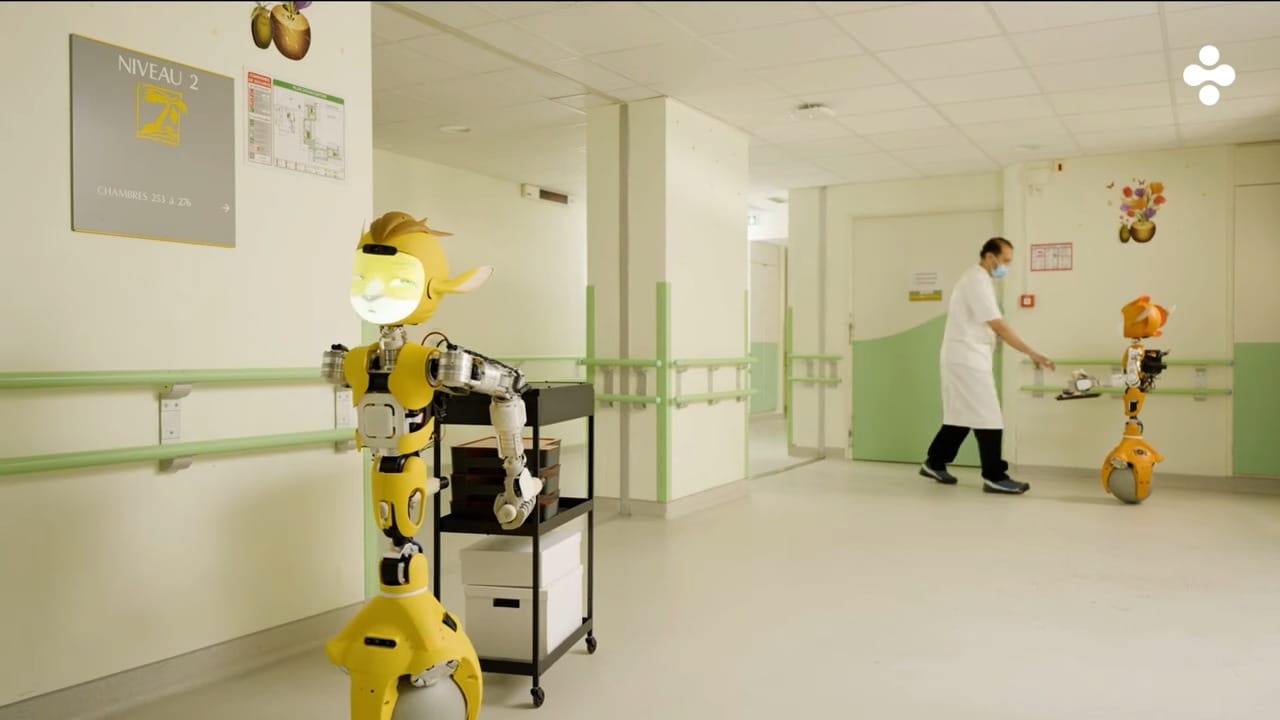
In the context of a rapidly growing and innovative field, these advancements in robotics demonstrate a shift towards multifunctional machines that serve not only practical needs but also foster emotional connections with their human counterparts. This dual focus marks a significant step forward in humanizing technology, making it more relatable and integrated into everyday life.
Their vision is uncannily unique in a landscape of robotics development where others are focusing on manufacturing first for the extra hand in making things. Ah pun!

I hope I served you well in learning about Mirokaï', the friendly helper for a happier society; if not, don't hesitate to reach out. I am always looking to sharpen my aim to serve the community better. And if you have an itch to wear our merchandise, don't hold back; show off CLOUD.IA in all its glory.







